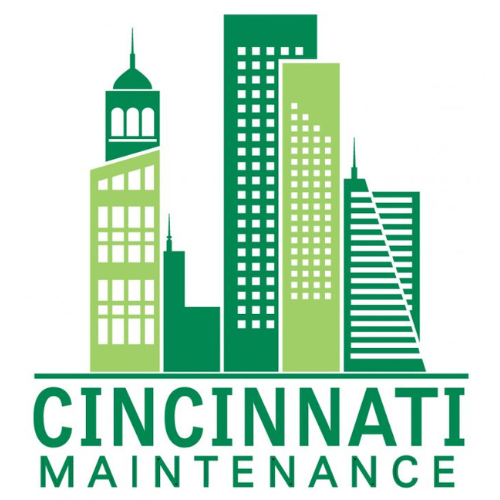Contact us TODAY for a free estimate!
- 513-827-6150
- info@cincinnatimaintenance.com
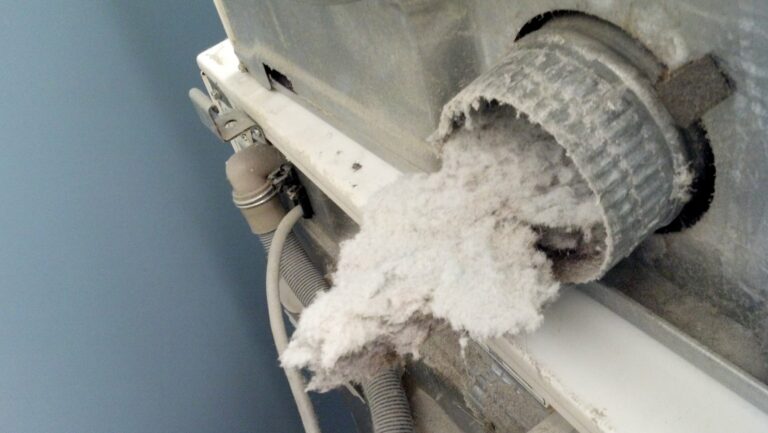


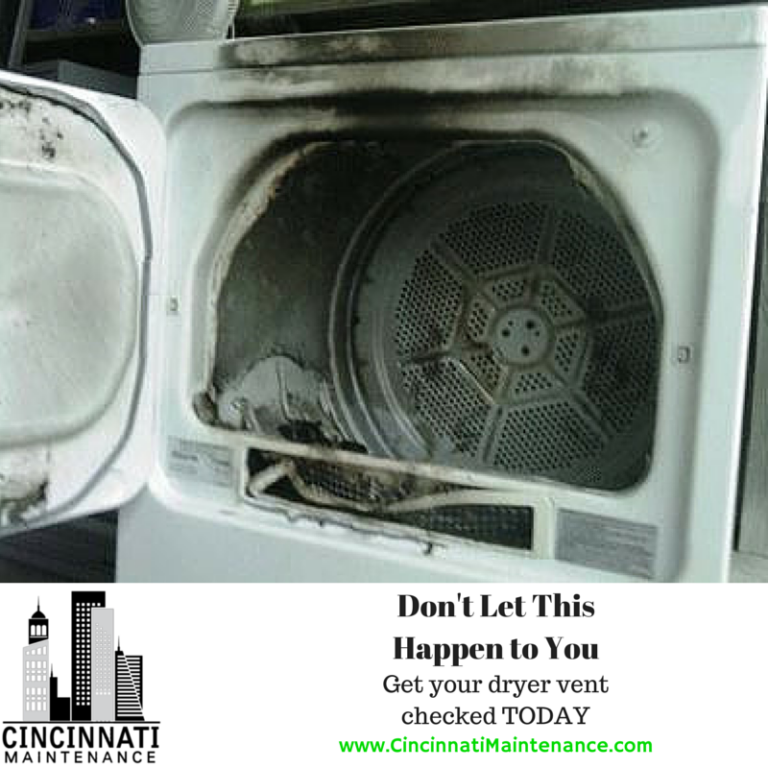
The first notion of a clogged vent is your clothes not drying properly. Stop using your dryer and call us immediately. Never leave your dryer running while you are away from your home.
Call the experts for advice before cleaning your vent. We will prioritize a dryer vent cleaning due to the risk it poses to your home or business.
Cincinnati Maintenance uses only trained and dedicated professionals to give your family, customers, and employees peace of mind.
Same day emergency service available 24 hours 7 days a week.
Note: Dryer vents should be cleaned every 12 months.
FULLY INSURED
Discounts for scheduled maintenance
Please complete the contact form to take the first step to protect your home or call our office to schedule a Free Inspection.I

This is a REAL customer we serviced in Loveland, Ohio.
Lack of Maintenance can be a significant fire hazard.

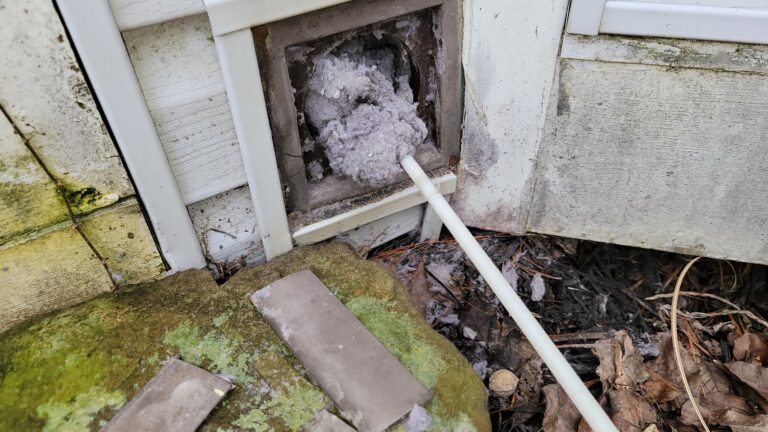
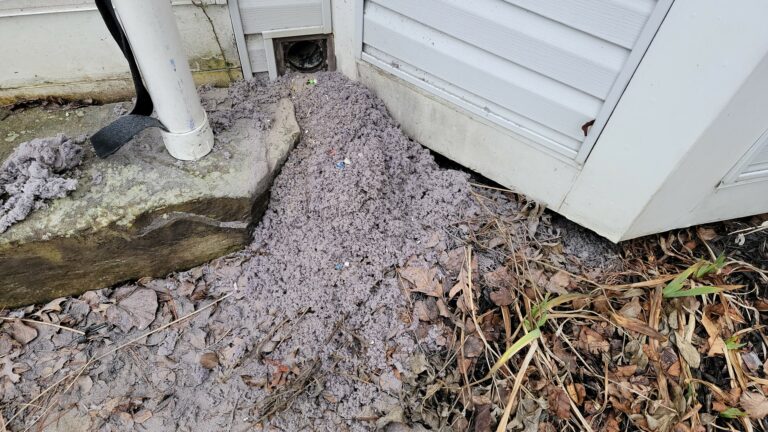
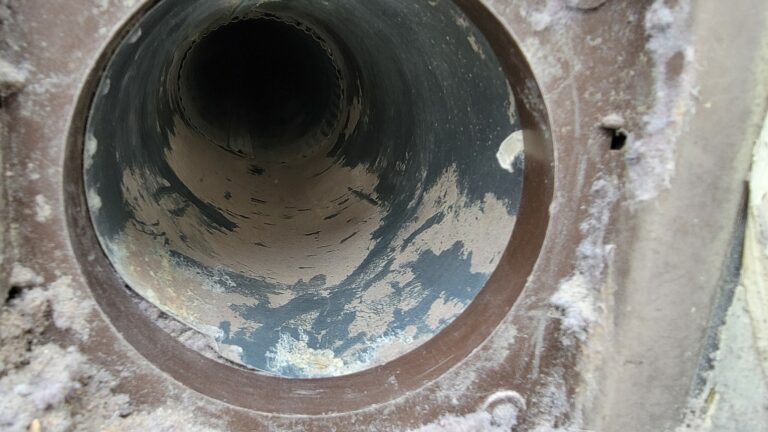
Removing the ridges prevents blockages.

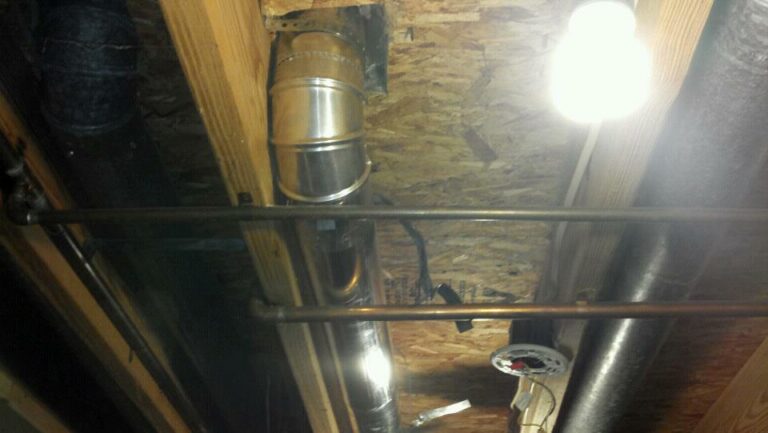
Removing the kinks & ridges prevents blockages. Using updated materials improves airflow and prevents fires.
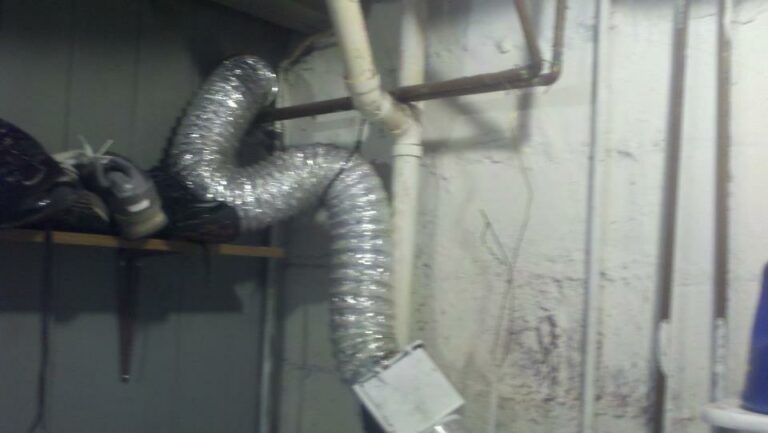
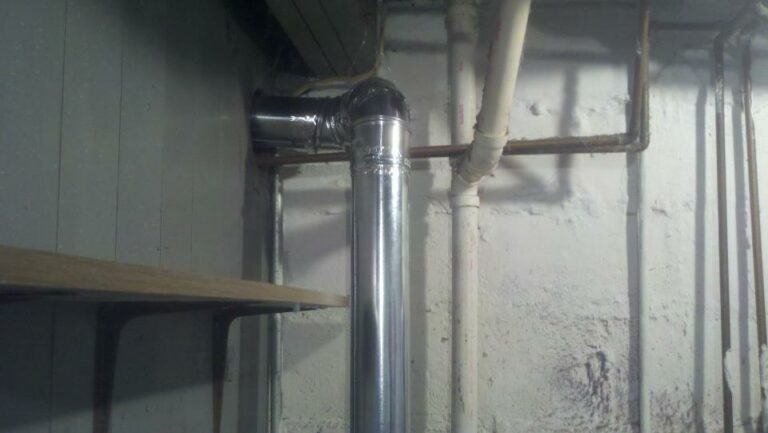
504.1 Installation. Clothes dryers shall be exhausted in accordance with the manufacturer’s instructions. Dryer exhaust systems shall be independent of all other systems and shall convey the moisture and any products of combustion to the outside of the building.
Exception: This section shall not apply to listed and labeled condensing (ductless) clothes dryers.
504.2 Exhaust penetrations. Where a clothes dryer exhaust duct penetrates a wall or ceiling membrane, the annular space shall be sealed with noncombustible material, approved fire caulking or a noncombustible dryer exhaust duct wall receptacle. Ducts that exhaust clothes dryers shall not penetrate or be located within any fireblocking, draftstopping or any wall, floor/ceiling or other assembly required by the building code to be fire-resistance rated, unless such duct is constructed of galvanized steel or aluminum of the thickness specified in Section 603.4 and the fire-resistance rating is maintained in accordance with the building code. Fire dampers, combination fire/smoke dampers and any similar devices that will obstruct the exhaust flow shall be prohibited in clothes dryer exhaust ducts.
504.3 Cleanout. Each vertical riser shall be provided with a means for cleanout.
504.4 Exhaust installation. Dryer exhaust ducts for clothes dryers shall terminate on the outside of the building and shall be equipped with a backdraft damper. Screens shall not be installed at the duct termination. Ducts shall not be connected or installed with sheet metal screws or other fasteners that will obstruct the exhaust flow. Clothes dryer exhaust ducts shall not be connected to a vent connector, vent or chimney. Clothes dryer exhaust ducts shall not extend into or through ducts or plenums.
504.5 Makeup air. Installations exhausting more than 200 cfm ( 0.09 m3/s) shall be provided with makeup air. Where a closet is designed for the installation of a clothes dryer, an opening having an area of not less than 100 square inches ( 0.0645 m2) shall be provided in the closet enclosure or makeup air shall be provided by other approved means.
504.6 Domestic clothes dryer ducts. Exhaust ducts for domestic clothes dryers shall conform to the requirements of Sections 504.6.1 through 504.6.7.
504.6.1 Material and size. Exhaust ducts shall have a smooth interior finish and shall be constructed of metal a minimum 0.016 inch ( 0.4 mm) thick. The exhaust duct size shall be 4 inches (102 mm) nominal in diameter.
504.6.2 Duct installation. Exhaust ducts shall be supported at 4-foot (1219 mm) intervals and secured in place. The insert end of the duct shall extend into the adjoining duct or fitting in the direction of airflow. Ducts shall not be joined with screws or similar fasteners that protrude into the inside of the duct.
504.6.3 Transition ducts. Transition ducts used to connect the dryer to the exhaust duct system shall be a single length that is listed and labeled in accordance withUL 2158A. Transition ducts shall be a maximum of 8 feet (2438 mm) in length and shall not be concealed within construction.
504.6.4 Duct length. The maximum allowable exhaust duct length shall be determined by one of the methods specified in Section 504.6. 4.1 or 504.6. 4.2.
504.6. 4.1 Specified length. The maximum length of the exhaust duct shall be 35 feet (10 668 mm) from the connection to the transition duct from the dryer to the outlet terminal. Where fittings are used, the maximum length of the exhaust duct shall be reduced in accordance with Table 504.6. 4.1.
DRYER EXHAUST DUCT FITTING TYPE EQUIVALENT LENGTH
4” radius mitered 45-degree elbow 2 feet 6 inches
4” radius mitered 90-degree elbow 5 feet
6” radius smooth 45-degree elbow 1 foot
6” radius smooth 90-degree elbow 1 foot 9 inches
8” radius smooth 45-degree elbow 1 foot
8” radius smooth 90-degree elbow 1 foot 7 inches
10” radius smooth 45-degree elbow 9 inches
10” radius smooth 90-degree elbow 1 foot 6 inches
For SI: 1 inch = 25.4 mm, 1 foot = 304.8 mm, 1 degree = 0.0175 rad.
504.6. 4.2 Manufacturer’s instructions. The maximum length of the exhaust duct shall be determined by the dryer manufacturer’s installation instructions. The code official shall be provided with a copy of the installation instructions for the make and model of the dryer. Where the exhaust duct is to be concealed, the installation instructions shall be provided to the code official prior to the concealment inspection. In the absence of fitting equivalent length calculations from the clothes dryer manufacturer, Table 504.6. 4.1 shall be used.
504.6.5 Length identification. Where the exhaust duct is concealed within the building construction, the equivalent length of the exhaust duct shall be identified on a permanent label or tag. The label or tag shall be located within 6 feet (1829 mm) of the exhaust duct connection.
504.6.6 Exhaust duct required. Where space for a clothes dryer is provided, an exhaust duct system shall be installed. Where the clothes dryer is not installed at the time of occupancy, the exhaust duct shall be capped at the location of the future dryer.
Exception: Where a listed condensing clothes dryer is installed prior to occupancy of structure.
504.6.7 Protection required. Protective shield plates shall be placed where nails or screws from finish or other work are likely to penetrate the clothes dryer exhaust duct. Shield plates shall be placed on the finished face of all framing members where there is less than 1� inches (32 mm) between the duct and the finished face of the framing member. Protective shield plates shall be constructed of steel, have a thickness of 0.062 inch ( 1.6 mm) and extend a minimum of 2 inches (51 mm) above sole plates and below top plates.
504.7 Commercial clothes dryers. The installation of dryer exhaust ducts serving Type 2 clothes dryers shall comply with the appliance manufacturer’s installation instructions. Exhaust fan motors installed in exhaust systems shall be located outside of the airstream. In multiple installations, the fan shall operate continuously or be interlocked to operate when any individual unit is operating. Ducts shall have a minimum clearance of 6 inches (152 mm) to combustible materials. Clothes dryer transition ducts used to connect the appliance to the exhaust duct system shall be limited to single lengths not to exceed 8 feet (2438 mm) in length and shall be listed and labeled for the application. Transition ducts shall not be concealed within construction.
504.8 Common exhaust systems for clothes dryers located in multistory structures. Where a common multistory duct system is designed and installed to convey exhaust from multiple clothes dryers, the construction of the system shall be in accordance with all of the following:
1. The shaft in which the duct is installed shall be constructed and fire-resistance rated as required by thebuilding code.
2. Dampers shall be prohibited in the exhaust duct. Penetrations of the shaft and ductwork shall be protected in accordance with Section 607.5.5, Exception 2.
3. Rigid metal ductwork shall be installed within the shaft to convey the exhaust. The ductwork shall be constructed of sheet steel having a minimum thickness of 0.0187 inch ( 0.4712 mm) (No. 26 gage) and in accordance withSMACNA Duct Construction Standards.
4. The ductwork within the shaft shall be designed and installed without offsets.
5. The exhaust fan motor design shall be in accordance with Section 503.2.
6. The exhaust fan motor shall be located outside of the airstream.
7. The exhaust fan shall run continuously.
8. Exhaust fan operation shall initiate an audible or visual signal when the fan is not in operation.
9. Makeup air shall be provided for the exhaust system.
10. A cleanout opening shall be located at the base of the shaft to provide access to the duct to allow for cleaning and inspection. The finished opening shall be not less than 12 inches by 12 inches (305 mm by 305 mm).
11. Screens shall not be installed at the termination.

